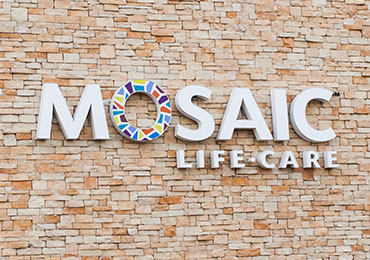
Articles
Sodium: How to tame your salt habit
Sodium: How much do you need?
Sodium: Essential in small amounts
Sodium: How much is too much?
Sodium: What are the major dietary sources?
Tips for cutting back on sodium
Sodium: Be a savvy shopper
Know the label lingo
Content
What happens to sodium in the body?
How much sodium is too much?
What foods have sodium?
How do I cut back on sodium?
Check the label
Learn the lingo
Use salt substitutes wisely
Go low and take it slow
Sodium: Essential in small amounts
Sodium: How much is too much?
Sodium: What are the major dietary sources?
Tips for cutting back on sodium
Sodium: Be a savvy shopper
Know the label lingo
Content
What happens to sodium in the body?
How much sodium is too much?
What foods have sodium?
How do I cut back on sodium?
Check the label
Learn the lingo
Use salt substitutes wisely
Go low and take it slow
Check the label
Taste alone may not tell you which foods are high in sodium. For example, you may not think a bagel tastes salty, but a typical 4-inch (10-centimeter) oat bran bagel has about 600 mg of sodium, and even a slice of whole-wheat bread contains about 150 mg of sodium.
So how can you tell which foods are high in sodium? Read food labels. The Nutrition Facts label found on most packaged and processed foods lists the amount of sodium in each serving. It also lists whether the ingredients include salt or sodium-containing compounds, such as:
- Monosodium glutamate (MSG)
- Baking soda (also called sodium bicarbonate)
- Baking powder
- Disodium phosphate
- Sodium alginate
- Sodium citrate
- Sodium nitrite
Try to avoid products with more than 200 mg of sodium per serving. And be sure you know how many servings are in a package — that information is also on the Nutrition Facts label.
